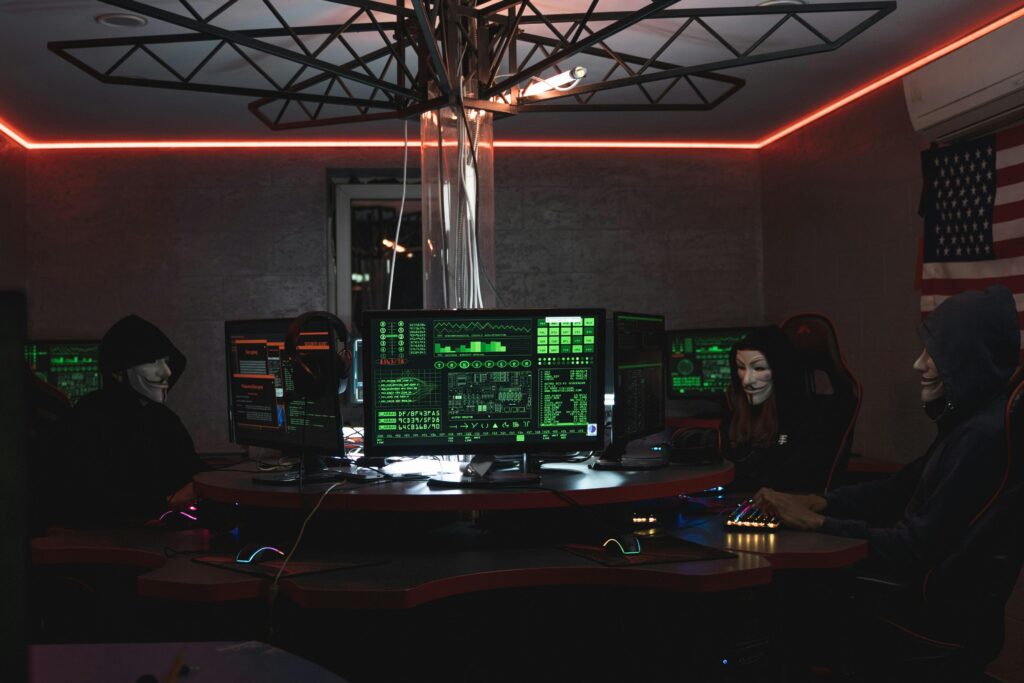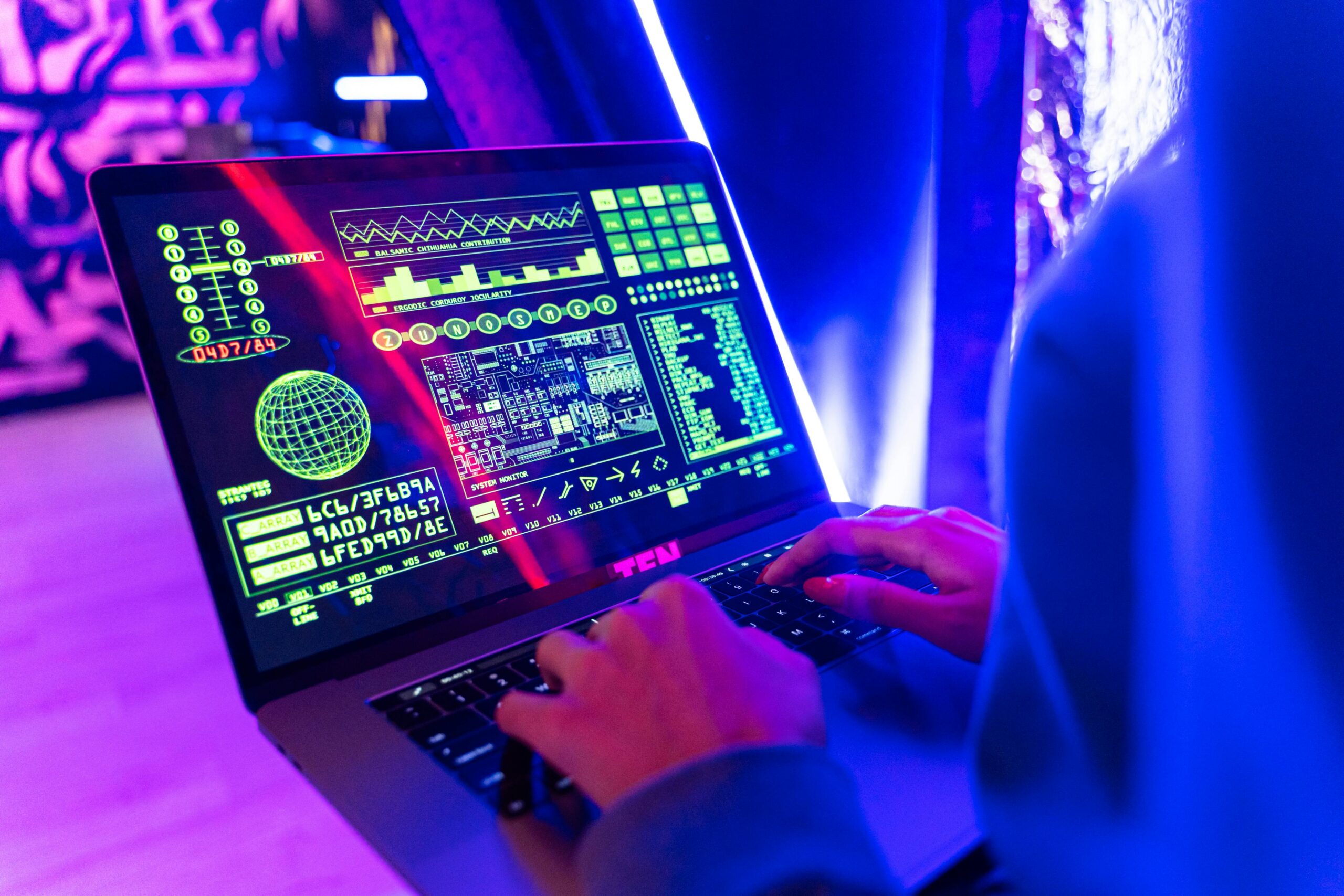Introduction: The Cybersecurity Arms Race
Cybercrime is projected to cost the world $10.5 trillion annually by 2025, with attacks growing in both frequency and sophistication. In response, cybersecurity is undergoing a radical transformation—leveraging artificial intelligence (AI) and machine learning (ML) to predict, detect, and neutralize threats faster than humans ever could.
But as AI fortifies defenses, hackers are also weaponizing it, creating an AI vs. AI cyberwarfare landscape. Can AI-powered cybersecurity stay ahead, or will hackers ultimately outsmart the machines?
This article explores:
✔ How AI is revolutionizing cybersecurity
✔ Real-world applications of AI in threat detection
✔ How hackers are fighting back with AI
✔ The limitations and risks of AI security systems
✔ The future of autonomous cyber defense

1. How AI is Transforming Cybersecurity
🔍 Threat Detection & Anomaly Identification
AI excels at recognizing patterns, making it ideal for detecting unusual behavior:
- Behavioral Analysis: AI models like Darktrace and CrowdStrike Falcon monitor network traffic, flagging deviations from normal activity (e.g., unusual login times, data exfiltration).
- Zero-Day Attack Prevention: Unlike signature-based tools (which rely on known threats), AI predicts never-before-seen attacks by analyzing code behavior.
- Phishing Detection: AI scans emails for linguistic manipulation and fake domains with 98%+ accuracy (Barracuda Networks).
⚡ Automated Incident Response
- Self-Healing Networks: AI can isolate infected devices, patch vulnerabilities, and roll back ransomware attacks in milliseconds.
- AI SOC Analysts: Tools like IBM Watson for Cybersecurity reduce response times from hours to seconds.
📊 Predictive Cybersecurity
- AI forecasts attack probabilities based on global threat intelligence.
- MITRE ATT&CK Framework + AI simulates attack paths to strengthen defenses.
2. AI vs. AI: Hackers Fight Back
While AI bolsters security, cybercriminals are adversarially training AI to bypass defenses:

🤖 Offensive AI: The Hacker’s New Weapon
- AI-Generated Malware: Polymorphic viruses that evolve in real-time to evade detection.
- Deepfake Social Engineering: AI clones voices of executives to authorize fraudulent transactions (e.g., $35M bank heist in Hong Kong, 2024).
- Automated Hacking Bots: AI scans networks for weaknesses 24/7, exploiting them faster than humans can react.
🔄 The AI Security Paradox
- AI systems can be tricked—adversarial attacks manipulate AI into misclassifying threats.
- Data Poisoning: Hackers corrupt training datasets to blind AI to future attacks.
3. Case Studies: AI Cybersecurity in Action

✅ Success Story: Microsoft’s AI Thwarts State-Sponsored Attack
- AI detected a nation-state APT (Advanced Persistent Threat) targeting Azure cloud customers.
- Automated response neutralized the attack before human analysts were alerted.
❌ Failure Case: AI Bypassed in Tesla Jailbreak
- Hackers used GANs (Generative Adversarial Networks) to trick Tesla’s Autopilot into ignoring stop signs.
4. The Limitations & Risks of AI Cybersecurity
⚠️ Blind Spots in AI Defense
- Over-Reliance on AI: False positives/negatives still occur.
- Bias in Training Data: Underrepresented attack types may slip through.
- Explainability Issues: AI can’t always justify its decisions, complicating compliance.
🔐 Privacy Concerns
- AI surveillance tools may overreach, violating GDPR/CCPA.
- Employee monitoring AI sparks backlash over workplace privacy.

5. The Future: Autonomous Cyber Warfare?
By 2030, experts predict:
- AI vs. AI Battles: Defense and attack AIs will duel in real-time cyber skirmishes.
- Quantum AI Security: Quantum-resistant encryption will become critical.
- AI Cyber Treaties: Governments may regulate AI-powered cyberweapons.
Conclusion: Can AI Outsmart Hackers?
Yes, but only if…
✔ AI is continuously trained on evolving threats.
✔ Human oversight remains to interpret AI decisions.
✔ Ethical guidelines prevent AI from being weaponized.
The future of cybersecurity isn’t human OR AI—it’s human AND AI.


